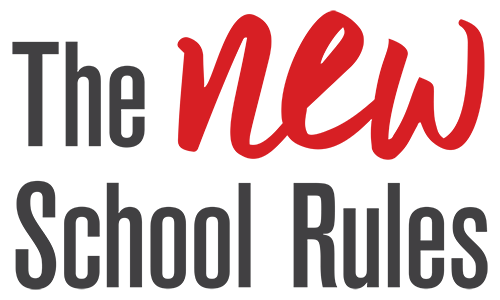.jpg)
What's Your Cobra?
Organizational Leadership & Change Management
As I mentioned in my earlier posts, I was fortunate throughout September to be able to attend and present at a number of really great conferences. In my final dispatch from the Responsive Conference, I am excited to share about Lindsey McGregor’s presentation on the power of total motivation. Lindsey is the Co-Founder and CEO of Vega Factor, and the author of Primed to Perform: How to Build the Highest Performing Cultures Through the Science of Total Motivation.
Lindsey shared a number of really interesting facts and frameworks for developing total motivation on your teams. Weeks later, one part of her presentation most stuck with me: the story of cobras in India.
“As the legend goes, during the days of British colonialism, the city of Delhi in India had a cobra infestation. To combat the snakes, the colonial government implemented a logical new policy: a bounty for every dead snake brought in. Dead snakes piled up. But all was not as it seemed. A few shrewd entrepreneurs realized there was good money to be made from dead cobras. They opened cobra farms. Once the government realized what had happened, they canceled the bounty. As the value of cobras plummeted, the snakes were released. In the end, the city had more cobras than when the initiative began.
Because it was hard to measure the true goal—fewer live cobras—the government created a system to incentivize what was easy to measure—more dead cobras. Unfortunately, the two measures were not equivalent. In fact, the incentive created the exact opposite. The cobra effect occurs when we use a reward or punishment to incentivize a behavior, and get an unintended consequence as a result. The reward or punishment causes people to take the shortest possible path to success.”
Following Lindsey’s story, I became obsessed with the cobra effect, reading everything I could find (see some of my favorite resources below). The cobra effect became a perfect metaphor for what I see teams frequently doing – trying to eradicate a problem, but unfortunately multiplying it (or creating new, bigger problems) through the wrong incentives.
Name your cobra
For me, the cobra that first came to mind was the idea that many organizations I work with hold, which is that more processes mean clarity for staff. Many of the teams I work with think if they add additional expectations or processes, it will drive staff engagement. Often, leaders incentivize these practices (shout outs for team members who completed the most reports, praise for team members who conducted so many walkthroughs of classrooms, financial rewards for teams that met their deadlines, etc.). These incentives miss tapping into deeper values and motivation and therefore undermine true, lasting engagement. As Lindsey and the Vega Factor have shared, “The natural reaction that organizations have to cobra effects is creating a never ending game of ‘whack-a-snake.’ Each time a cobra effect happens, our knee-jerk reaction is to create more policies, rules, punishments, and clever incentive schemes.”
The cobra effect

How to start visualizing
If you want to learn more about the cobra effect check out these resources.
- This short, simple video recaps the cobra effect and how it plays out in work environments
- Freakonomics episode on the cobra effect
- Join me in conversation anytime at @kearaduggan
For leadership development and more hands-on learning, join us at the New School Rules Leadership this December. Apply below!
This blog post was originally published on The KikiBrief.
About Keara Mascareñaz
Keara is a Managing Partner at Education Elements who focuses on how to build and scale a culture of innovation in large systems, how to create national communities of collaboration, and how to keep laughing when pursuing daunting, large-scale changes. She was lucky to collaborate with co-authors Alexis Gonzales-Black and Anthony Kim to design the website and toolkit for The NEW School Rules: 6 Practices for Responsive and Thriving Schools.





